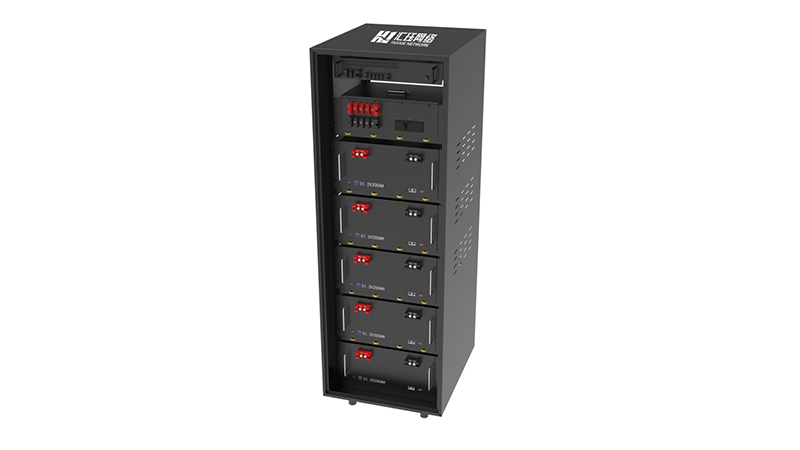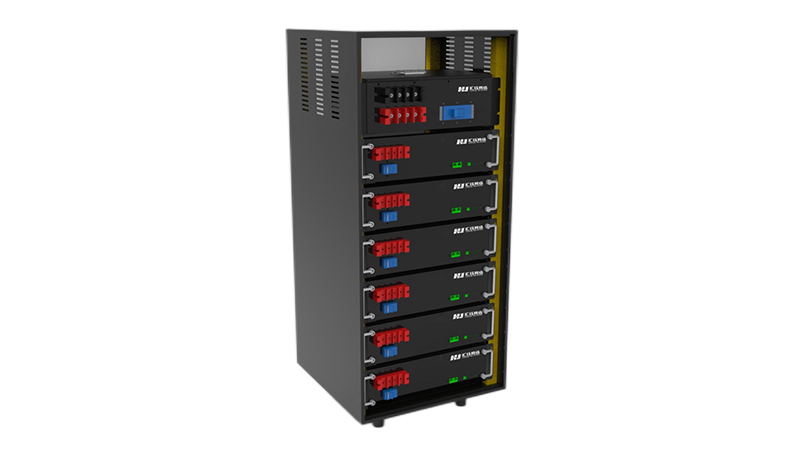
Get through the “last mile” of the photovoltaic green industry chain
With the rapid development of the photovoltaic industry, the use of a large number of photovoltaic modules has also created a new problem: the service life of photovoltaic modules is generally about 20 to 25 years, but with the rapid change of photovoltaic module products, the first installed A significant portion of the batch of solar panels is already facing retirement. In order to realize a new pattern of saving resources and protecting the environment in the photovoltaic industry, it is necessary to follow the development model of circular economy, attach importance to the green development of the photovoltaic industry from the perspective of the entire life cycle of the photovoltaic industry, and pay attention to the recycling of photovoltaic systems.

Terawatt-level installed capacity breeds a huge recycling market
“As the largest producer and application country of photovoltaic modules, my country’s cumulative installed capacity in 2021 will be 306 million kilowatts, and the global cumulative installed photovoltaic capacity will exceed 940 million kilowatts. “Miao Liansheng, founder of Yingli Group, said.
China’s photovoltaic module output has ranked first in the world for 15 consecutive years, and its cumulative installed capacity has ranked first in the world for seven consecutive years, accounting for nearly 1/3 of the world’s total installed photovoltaic capacity. After years of rapid development, the photovoltaic industry has formed a terawatt market.
Wu Cuigu, vice president and senior engineer of the Zero Carbon Research Institute, introduced that China’s photovoltaic market started around 2000. Based on the 20-25-year design life of photovoltaic modules and the forecast of past installed capacity data, the first batch of photovoltaic modules around 2025 will gradually move towards Decommissioning. Starting from 2030, photovoltaic modules will enter an intensive period of scrapping. As of 2030, the cumulative capacity to be recycled will reach 17.8 million kilowatts; due to the explosive growth of installed capacity around 2015, the total amount to be recycled will explode from 2035 In 2040, the cumulative recycling volume is expected to reach 252 GW.
In order to realize a new pattern of saving resources and protecting the environment in the photovoltaic industry, it is necessary to follow the development model of circular economy, attach importance to the green development of the photovoltaic industry from the perspective of the entire life cycle of the photovoltaic industry, and pay attention to the recycling of photovoltaic systems.
So far, crystalline silicon cell modules are the mainstream products of photovoltaic modules. The materials of crystalline silicon photovoltaic modules include glass, aluminum, plastic, silicon, copper, silver and others. Wu Cuigu introduced that more than 90% of the module materials can be recycled. Therefore, reasonable recycling of photovoltaic modules can not only help save resources, reduce the exploitation of primary resources, but also bring considerable economic returns.
Based on the prediction of recycling capacity, “Renewable Energy Zero Waste Future: Research on the Development of Wind Power and Photovoltaic Recycling Industry” (hereinafter referred to as “Research”) proposes that by 2030, when the decommissioning period is intensive, the raw materials that can be obtained through photovoltaic module recycling technology will accumulate The value reaches 7.683 billion yuan, and by 2040, the cumulative recoverable value is as high as 110 billion yuan.
Under the background of the gradual formation of the global photovoltaic module recycling market, the breakthrough in recycling technology is particularly urgent. How to deal with photovoltaic modules in a low-carbon, environmentally friendly and efficient manner, make full use of waste photovoltaic modules, and achieve economically feasible photovoltaic recycling technologies. Domestic and foreign scientific researchers have proposed a variety of technical approaches.
The “Research” shows that countries in Europe and the United States that developed renewable energy early have already carried out preliminary explorations in the market, through innovative business models, reducing the cost of component recycling and exploring economic value. Among them, the large-scale business model includes the establishment of a recycling network, mass transportation and processing of components to be recycled, and a wide range of services for the recycling needs of photovoltaic power plants; through the investment of leading enterprises, after the recycling and disposal of client-side decommissioned components, the recycling of valuable Material.
Domestically, the recycling industry is still in its infancy. Based on the research of physical methods, Yingli Group, Hebei University and Zero Carbon Research Institute, which were the first to set foot in the photovoltaic industry, began to study key technologies for component recycling since 2010, focusing on green dismantling and separation technology and equipment based on physical methods, covering photovoltaics Component recycling methods, equipment and key technologies, etc. At present, the annual processing capacity of the demonstration production line of this technology can reach 12,000 kilowatts, which can realize the efficient separation of aluminum, glass, silicon, copper and other materials. It can achieve 96%, 93%, and 97%; it has core technologies such as high-efficiency separation of glass and film hot knife, vibration grinding sorting, and multi-component electrostatic sorting.
In addition, JinkoSolar, a leading domestic photovoltaic company, has joined hands with the Chinese Academy of Environmental Sciences and Central South University to develop key technologies and core equipment for high-value environmental protection treatment of photovoltaic modules with the pyrolysis chemical method as the core, and build an experimental platform and demonstration line .
This technology can disassemble the complete backplane, glass (without adhesive film), and cells, and the total mass recovery rate can reach 92%, of which silicon, silver, and copper recovery rates can achieve 95%, 95%, and 98%. Green dismantling technology of atmosphere control and thermal field uniform flow pyrolysis, environmental protection separation technology of high-value metal components, high-efficiency and low-loss separation technology of back plate, etc. Battery recycling involves chemical waste that needs to be further treated in conjunction with sewage treatment facilities.
Although recycling-related technologies have been initially formed at home and abroad, some component recycling technologies still have problems such as high cost, low efficiency, and secondary environmental pollution. Therefore, the current technical difficulties still focus on improving component disassembly. , recycling efficiency, and must take into account the characteristics of green environmental protection. More and more research institutions have begun to use composite technology to process waste photovoltaic modules, and choose reasonable processes according to different types of photovoltaic modules to effectively improve the efficiency of resource utilization.
“Module recycling is the last link in the photovoltaic industry chain, and it is also regarded as the ‘last mile’ of the entire photovoltaic green industry chain. It is hoped that upstream and downstream enterprises in the supply chain, scientific research institutes, investment institutions and all sectors of society will actively participate and explore A practical business model for the photovoltaic recycling industry, and jointly build a healthy market for the recycling of decommissioned photovoltaic modules.” Miao Liansheng said.



